Plastic film covering technology has been widely used in agricultural production, but with increasing number of years and areas covered with plastic film, residual plastic film has brought serious pollution to environment.At present, mechanized recovery is an effective technical means for treating residual film pollution.An in-depth analysis of existing patent information for mechanized recovery of residual film was conducted, and development trend of mechanized recovery technology of residual film was elaborated from aspects of application time, application area, patent holder type, and technical characteristics.Main reasons for patent invalidation and phenomenon of patent invalidation among different applicants were analyzed.Propose suggestions for promoting development of mechanized recovery technology for residual film were put forward based on existing patent technology hotspots and development trends.
Quickly and accurately obtaining total nitrogen content(LNC)of canopy leaves in large-scale orchards is a basic requirement for achieving modern precision agriculture.Canopy spectral images of two typical orchards in Jingning County, Gansu Province were collected using a drone hyperspectral imager(391.9 to 1006.2 nm), including artificially irrigated apple demonstration orchards and naturally rained apple orchards.Original spectral reflectance(OD), reciprocal spectrum(RT), logarithmic spectrum(LF), and first-order differential spectrum(FD)of 160 canopy leaf samples from two regions were comprehensively compared.Difference spectral index(DSI), soil adjusted vegetation index(SAVI), and normalized differential spectral index(NDSI)for any combination of two spectral bands were constructed, correlation between three spectral indices and leaf nitrogen content was analyzed, and a univariate linear regression model and spectral indices were used to construct the best LNC estimation model for apple canopy in two regions.Research showed that correlation between FD-SAVI(825, 536)in artificial irrigation areas and LF-SAVI(854, 392)in natural rainfall areas was the strongest, and a univariate linear regression model was constructed based on FD-SAVI and LF-SAVI.FD-SAVI-ULRM estimation model constructed in artificial irrigation areas has the highest accuracy and validation set
Using Peiza Taifeng hybrid rice as experimental object, hole tray seedlings were cultivated in a three-dimensional seedling greenhouse.During experiment, seedling age was 28 d, moisture content of bowl was 35.76% to 54.08%.Instrument used was the TA-XT2i texture analyzer.A study was conducted on plate compression, loading and unloading cycles, and creep tests of hole tray seedling bowl.It was found that compression deformation of plate was about 3.15 mm, and there was a significant difference in trend of pressure resistance with deformation; compression was about 4 mm, and peak value of pressure resistance increased sharply.When loading force was 1, 2, 3, 4, and 5 N, average creep of seedling bowl was 0.0055, 0.0055, 0.0056, 0.0057, and 0.0059 mm.Experimental results showed that pressure resistance and deformation of bowl body exhibited nonlinear changes; during compression process of flat plate, there was no obvious yield failure point on bowl body; seedling bowl exhibited strong plastic deformation ability when facing external loading and unloading.Burgers model ccould effectively characterize compressive creep characteristics of tray seedling bowl.Mechanical properties of various rice seed hole tray seedlings were analyzed.It was found that relationship between pressure resistance and deformation of different hole tray seedling bowl bodies followed a nonlinear curve.This study could provide theoretical reference for design optimization of rice transplanters.
In response to high humidity inside greenhouse, a regenerative dehumidifier was used to conduct dehumidification tests in greenhouse.Experiment was mainly divided into three parts: the first part was to lay dehumidification pipelines according to internal environment of greenhouse; the second part was to install temperature and humidity sensors inside greenhouse; the third part was to conduct a dehumidification test using a dehumidifier.Results showed that from 10: 00 to 16: 00, humidity inside greenhouse decreased from about 85% to below 60%, and humidity retention effect was better than that without ventilation and dehumidification facilities in greenhouse.
With rapid development of China's "three electricity" technology, new energy electric agricultural machinery has also mushroomed rapidly.The proposal of one source multipurpose is an innovative development model to solve problems of seasonal idleness, low utilization rate and inability to interact with new power system of rural power grid.It has characteristics of clean and environmental protection, high degree of mathematical intelligence and easy networking.Focused on key technologies, application scenarios, implementation paths, business models and other problems and development prospects of new energy electric agricultural machinery one source multipurpose, network questionnaire surveys for domestic agricultural machinery, agriculture, electricity, power grids and other related practitioners were conducted.From perspective of development potential of one source multipurpose and cognitive situation of integration of rural power grids and agricultural machinery, based on research results, one source multipurpose enabling electric energy substitution potential, application scenarios, comprehensive benefits of integration of rural power grids and agricultural machinery was studied and discussed.Implementation path and business model of one source multipurpose was analyzed.Key technologies and supporting policy suggestions for one source multipurpose agricultural machinery integration innovation model were proposed.Conclusions showed that, development model of one source multipurpose of new energy electric agricultural machinery has good economic and environmental benefits, and its development prospects were generally optimistic.It has positive significance for implementing dual carbon goals and rural revitalization strategies.In the future, it is still necessary to carry out collaborative research and application of key technologies for integration and interaction between new energy electric agricultural machinery and power grid, and explore a sustainable and mutually beneficial business model.
Tractor is core of agricultural machinery industry, and tractive performance is one of important performance of tractor.Through research on tractive performance of OECD code test reports, it was shown that, under four-wheel drive and no counterweight conditions, 85.1% of tractors have a maximum traction ratio greater than 400 N/kW, 86.5% of tractors have a maximum traction power percentage greater than 75%, and average maximum traction ratio fuel consumption was 274.59 g/(kW·h).Heavy tractors have better traction performance than large tractors and also better than medium-sized tractors.94.6% of tractors have a minimum usage specific mass greater than 44 kg/kW, and a minimum usage specific mass of 50 kg/kW to 55 kg/kW was optimal range for maximizing tractor traction performance.Different gear shifting methods affected traction performance of tractors.The maximum traction ratio of continuously variable transmission tractors was greater, and the maximum traction ratio fuel consumption of power shift transmission tractors was lower.Both traction performance was better than mechanical transmission tractors.
Grain drying is a critical element in production chain and plays a key role in ensuring national food security.However, progress of drying industry toward high-quality development is hampered by outdated dying techniques that lack effective measures for carbon reduction and emissions.Starting from current status of mechanized grain drying technology, main reasons for high energy consumption in grain drying were analyzed from perspectives of heating methods in drying systems, drying process design, and drying control technology.The focus was on comparing mechanized drying technology with energy-saving improvement methods.Research and development process of drying theory and intelligent regulation was reviewed, characteristics and progress of intelligent technology for grain drying were discussed, and problems of information perception difficulties, poor algorithm accuracy, and single control strategy in intelligent grain drying were analyzed.Suggestions for future development of industry, including innovative research paradigms in grain drying theory, design and process optimization of drying equipment, and construction of an intelligent control method system for drying, have been proposed, providing reference for innovation of new technologies for energy conservation and emission reduction in grain drying and high-quality development of industry.
A set of related technologies for water treatment of rural sewage pond, namely, pretreatment + hypoxia biochemical + compound constructed wetland, was studied.Sewage pond was separated into three zones, and rural sewage passed through pretreatment zone, anoxic biochemical zone and aquatic plant stabilization zone successively.Through filtration, coagulation, microbial degradation, wetland substrate adsorption and plant absorption, water body of sewage pond can be efficiently purified and rural ecological environment can be improved.
With implementation of China's rural revitalization strategy, requirements for innovation ability and comprehensive ability of agricultural mechanization and automation professionals in process of industrial transformation and upgrading have been continuously strengthened.Existing agricultural mechanization curriculum system can not meet needs of new economy and new formats.Therefore, under background of construction demand of new agricultural science and development of new engineering, training concept of agricultural mechanization and automation professionals and way of curriculum system construction were studied and practiced, curriculum system reform plan was designed, and an interdisciplinary, multi-disciplinary and integrated new curriculum system with distinctive characteristics was constructed, so as to cultivate modern agricultural leading talents with high comprehensive quality.
Tea industry is a part of modern agriculture, development of a good tea industry will contribute to rural revitalization.Taking Fenggang County of Guizhou Province as an example, measures taken to develop tea industry and results obtained were discussed, existing problems were summarized, and path and thinking of promoting transformation and upgrading of tea industry to achieve high-quality development were put forward.

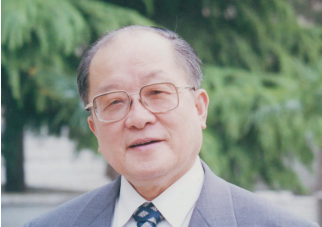
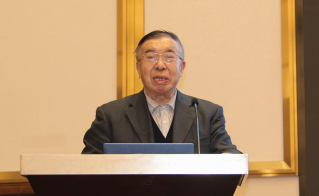
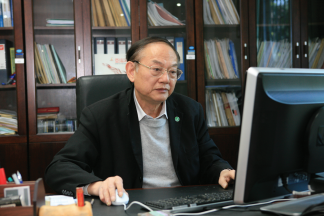

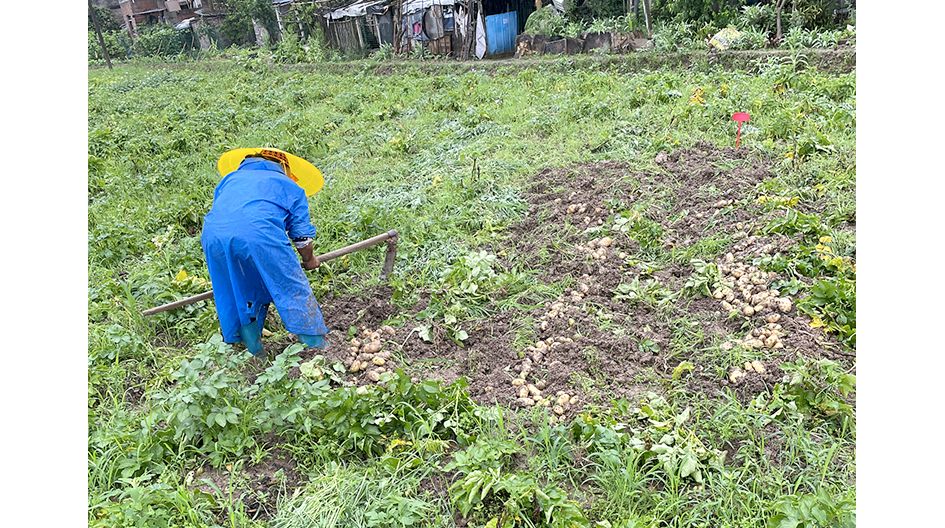
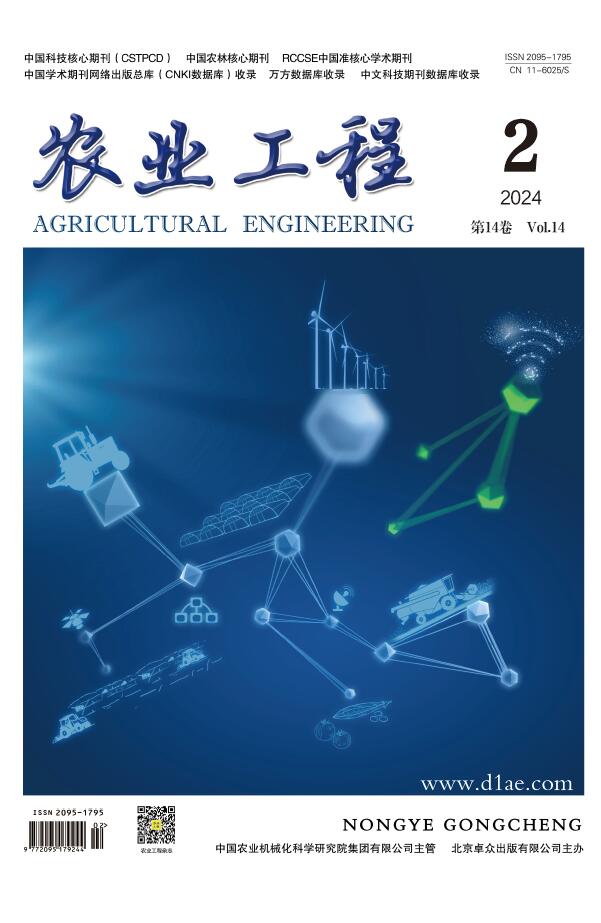

 京公网安备 11010502037498号
京公网安备 11010502037498号
